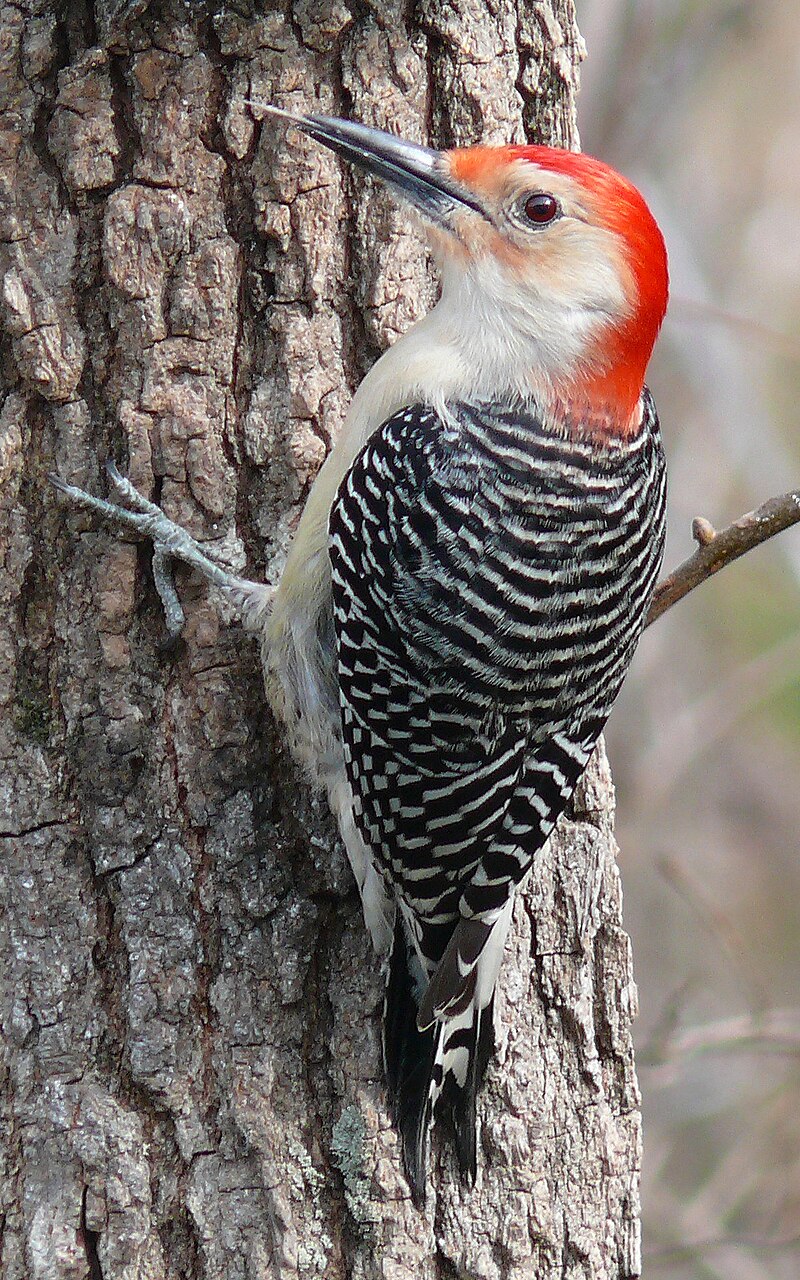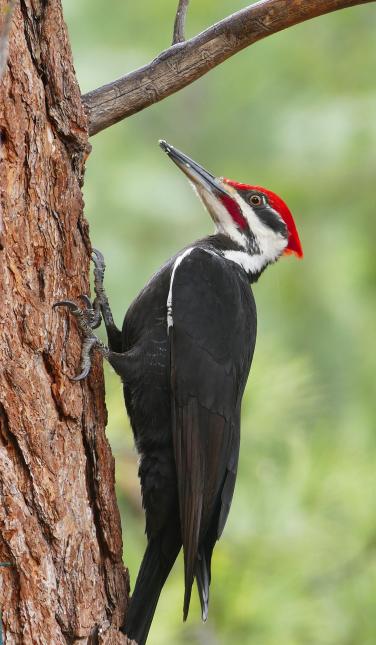Discover the Interesting World of Woodpeckers: Every Little Thing You Required to Know
The globe of woodpeckers is a realm filled up with unique habits, detailed adjustments, and a varied range of varieties. From their habitats and distribution patterns to their feeding behaviors and specialized anatomical features, woodpeckers have actually long captivated the rate of interest of ornithologists and nature fanatics alike.
Woodpecker Habitats and Distribution
Woodpeckers populate a varied array of environments worldwide, showcasing adaptability in their distribution patterns. These resilient birds are found in forests, woodlands, savannas, and deserts across different continents, showing their capacity to thrive in different weather problems. In The United States and Canada, for instance, woodpeckers can be detected in both coniferous and deciduous woodlands, using their solid beaks to forage for pests and produce nesting cavities in trees. Likewise, in Africa, specific woodpecker species have adapted to dry settings, such as the acacia timberlands, where they play an essential role in controlling insect populaces.

Feeding Behaviors and Diet Plan
Woodpeckers use their strong beaks to pierce right into the bark of trees, penetrating for insects and larvae hidden beneath the surface. In addition to insects, woodpeckers additionally take in nuts, seeds, fruits, and sap.
Woodpeckers are understood for their drumming behavior, which offers not just to connect with other woodpeckers but additionally to find food. The fast drumming sound is developed by the bird pecking on powerful surfaces like dead trees or metal posts. This habits can attract pests hidden in the wood, allowing the woodpecker to detect their existence and eat them.
Distinct Adjustments for Tree Climbing
In their proficient pursuit of insects concealed within tree bark, woodpeckers have evolved amazing anatomical features that furnish them with unique adjustments for reliable tree climbing. Among the crucial adjustments is their zygodactyl feet, with two toes aiming forward and two aiming backward, offering a solid hold on tree trunks. This customized foot plan enables woodpeckers to hold on to upright surface areas easily, allowing them to go up and down trees with agility. In addition, woodpeckers have stiff tail plumes that act as an encouraging prop while they climb up, helping in balance and stability. Their solid, chisel-like beaks are not just used for exploration into timber yet additionally for gripping onto bark as they rise tree trunks. Woodpeckers have strong neck muscles and a special skull structure that absorb the influence of consistent pecking, permitting them to climb up up and down without causing injury to their minds. These adaptations showcase the incredible evolutionary design that enables woodpeckers to navigate trees with precision and performance.
Diverse Woodpecker Variety Worldwide
With over 200 different species spread out across different habitats worldwide, the family members of Picidae includes a remarkable diversity of woodpeckers. These birds can be located in woodlands, forests, savannas, and even city locations, showcasing their adaptability to various settings. From the legendary Northern Flicker in The United States And Canada to the colorful and elusive Crimson-backed Flameback in Asia, each woodpecker species shows distinct features in regards to tuft, behavior, and habitat preference.
Woodpeckers differ significantly in dimension, with the petite Downy Woodpecker measuring around 6-7 inches in size, click over here now while the effective Lineated Woodpecker can reach up to 17 inches - Woodpeckers in Florida. Their beaks likewise come in different shapes and sizes, reflecting their feeding behaviors. Some types concentrate on removing bugs from tree bark, like the Acorn Woodpecker, while others, such as the Black-cheeked Woodpecker, prey on fruits and seeds

Preservation Efforts and Difficulties
Preservation campaigns for woodpecker populaces are critical in minimizing the impact of habitat loss and various other risks dealing with these varied bird species. Woodpeckers deal with various obstacles to their survival, mostly as a result of logging, urbanization, climate change, and invasive types. To deal with these problems, conservation efforts concentrate on securing and recovering woodpecker habitats, implementing sustainable forestry practices, and raising understanding regarding the value of these birds in ecological communities.
One considerable redirected here difficulty in woodpecker conservation is the fragmentation of their habitats, leading to isolated populaces that are more vulnerable to extinction - Woodpeckers in Florida. Guardians work to produce wild animals click to investigate passages and protected locations that connect these fragmented environments, permitting woodpeckers to relocate between various areas for feeding, reproducing, and shelter

Conclusion
To conclude, woodpeckers are fascinating birds with distinct adjustments for tree climbing and feeding actions. They can be discovered in varied environments worldwide, encountering conservation challenges due to habitat loss and human activities. Understanding their habitats, diets, and actions is important for conservation efforts to shield these essential bird types. Further study and conservation actions are needed to guarantee the survival of woodpeckers in the wild.
Comments on “Woodpeckers in Florida Population: Species Summary and Conservation”